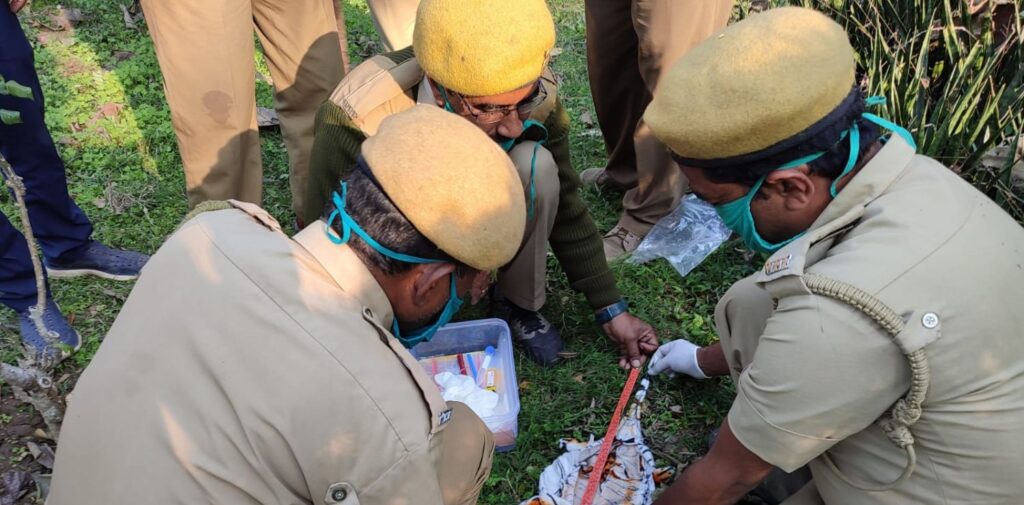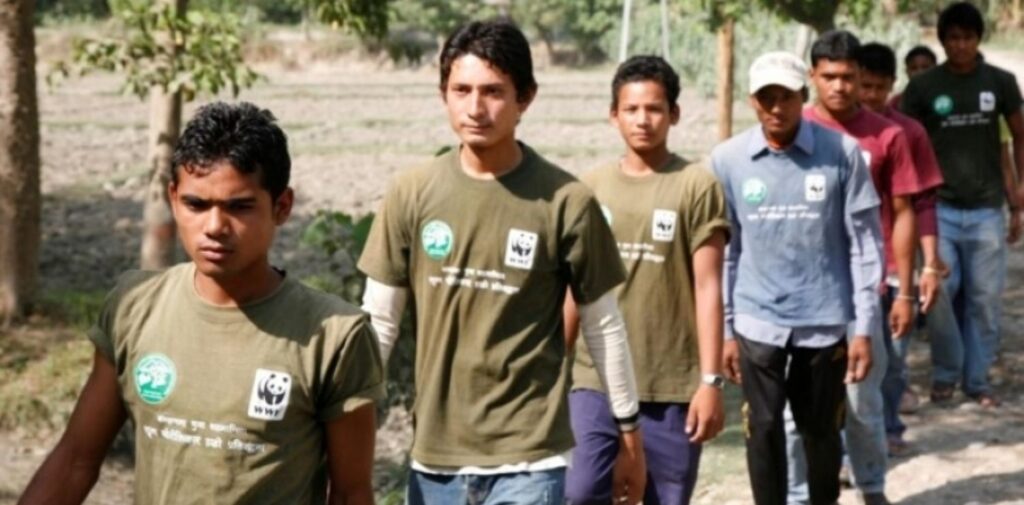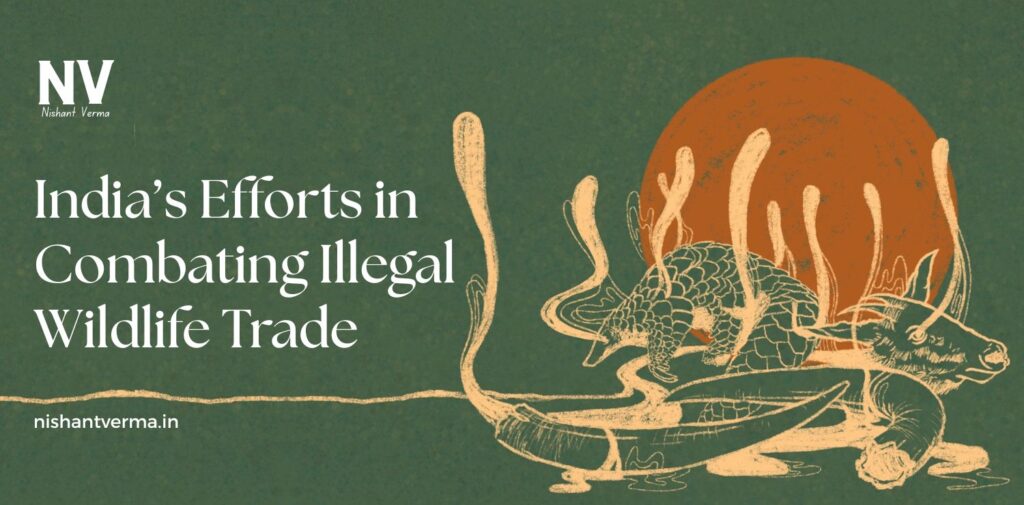India is home to a rich and diverse array of wildlife, ranging from the majestic Bengal tiger to the elusive one-horned rhinoceros. However, this natural heritage faces significant threats, and one of the most serious among them is illegal wildlife trade. This trade involves the unlawful capture, poaching, and trafficking of animals and plants for profit, often resulting in the endangerment and extinction of species. In response, India has been taking several important steps to combat illegal wildlife trade and preserve its invaluable biodiversity.
Understanding the Scope of the Problem
Illegal wildlife trade is a global issue, but it poses a particularly severe threat to India’s wildlife. The country’s vast geographical diversity and rich ecosystems make it a hotspot for a variety of endangered species. However, it also makes India a prime target for illegal wildlife traders. These traders capture animals for a variety of purposes, including exotic pet trade, traditional medicine, and the fashion industry, with parts like tiger skins, elephant tusks, and rhinoceros horns often being sold at exorbitant prices.
In addition to the poaching of animals, the illegal collection of plants, such as orchids and sandalwood, also contributes to the growing concern. India is part of the “tiger range countries,” and with an estimated population of around 3,000 tigers, it is a critical battleground in the fight against wildlife trafficking. Other species, like the Indian elephant, pangolins, and various species of reptiles and birds, are also at risk due to illegal trade.
Government Initiatives to Combat Illegal Wildlife Trade
India’s government has recognized the importance of tackling illegal wildlife trade and has introduced several key measures to address this issue. One of the most important laws in this regard is the Wildlife Protection Act of 1972, which is the foundation of India’s conservation efforts. The act provides stringent regulations against poaching, hunting, and trade in wildlife and their parts. Under this act, wildlife trade is criminalized, and individuals caught participating in such activities face heavy penalties, including fines and imprisonment.
The government has also signed and ratified several international agreements, such as the Convention on International Trade in Endangered Species of Wild Fauna and Flora (CITES), which aims to ensure that international trade does not threaten the survival of wildlife. India’s active participation in CITES has helped strengthen its resolve to protect wildlife and curb illegal trade.
In addition to these regulations, India has established several specialized agencies and task forces to focus on wildlife conservation and enforcement of laws. The Wildlife Crime Control Bureau (WCCB), set up by the Ministry of Environment, Forests and Climate Change, is one such body. The WCCB works to monitor and combat wildlife crime, both within India and in collaboration with international agencies.

Role of Technology in Wildlife Protection
In today’s digital age, technology plays an important role in combating illegal wildlife trade. India has been incorporating innovative technologies into its wildlife conservation strategies. One such technology is satellite surveillance, which is being used to monitor wildlife habitats and track illegal activities. Satellite imagery can detect any movement within protected areas and help authorities act swiftly to prevent poaching.
Furthermore, the use of smart collars for animals like tigers and elephants has proven effective in monitoring their movements and preventing poaching. These collars are equipped with GPS tracking systems that alert wildlife authorities if an animal enters an area that may be under threat, such as a poaching hotspot.
Public Awareness and Education Programs
Awareness is a critical component in the fight against illegal wildlife trade. India has taken significant steps to educate its citizens about the importance of wildlife conservation and the consequences of participating in the illegal wildlife trade. Various non-governmental organizations (NGOs), such as the Wildlife Protection Society of India (WPSI), work tirelessly to raise public awareness through campaigns, seminars, and workshops.
The government also engages in mass awareness campaigns, especially through platforms like social media, to educate the public about the devastating impact of illegal wildlife trade. Educational programs in schools and colleges help raise a new generation of environmentally conscious citizens who are aware of the significance of protecting wildlife.
Collaboration with International Organizations and Neighbouring Countries
Illegal wildlife trade is a transnational issue that often requires international cooperation to tackle effectively. India has been working closely with various international organizations, such as the World Wide Fund for Nature (WWF) and TRAFFIC, a global wildlife trade monitoring network. These partnerships allow for information sharing, intelligence gathering, and coordinated actions across borders to disrupt illegal wildlife trade networks.
India also shares its borders with several countries, many of which are also facing issues with illegal wildlife trafficking. Cooperation between India and its neighboring countries, such as Nepal, Bhutan, Myanmar, and Bangladesh, is vital in combating cross-border poaching and smuggling. Bilateral agreements and joint operations are often conducted to dismantle illegal wildlife trade syndicates operating across these borders.
One notable collaboration is between India and Nepal, where efforts have been made to protect the endangered one-horned rhinoceros. Both countries have strengthened their enforcement actions to prevent poaching and trafficking of rhino horns, a major target in the illegal wildlife trade. Joint task forces and patrols are conducted to monitor wildlife sanctuaries and parks in these regions.
Challenges in Combating Illegal Wildlife Trade
Despite the many efforts to combat illegal wildlife trade, India faces several challenges. One of the biggest hurdles is the lack of proper enforcement in some areas. While laws are in place, implementation remains inconsistent, especially in remote regions where resources are limited. Corruption at various levels of administration can also hinder the enforcement of wildlife protection laws.
Another challenge is the demand for wildlife products in both domestic and international markets. The belief in the medicinal or magical properties of animal parts, such as tiger bones or rhino horns, continues to drive poaching and trafficking. Raising awareness and changing these long-standing beliefs in communities is a slow and difficult process.
India also faces the challenge of protecting its wildlife from modern smuggling techniques. Illegal wildlife traders are increasingly using digital platforms and social media to advertise and sell endangered species and their products. The lack of regulation on online trade makes it difficult for authorities to track these transactions and apprehend the culprits.

The Role of Local Communities in Wildlife Conservation
Involving local communities in wildlife conservation efforts is another important strategy in India’s fight against illegal wildlife trade. Many of the regions that are most vulnerable to poaching and trafficking are also home to indigenous communities who live in and around protected areas. These communities often have deep knowledge of the local ecosystem and can play a key role in monitoring and protecting wildlife.
India has launched several community-based conservation programs to empower local people to take an active role in wildlife protection. By providing alternative livelihoods, such as ecotourism or sustainable farming, these programs help reduce the dependency on illegal activities. Local communities are also being trained to identify signs of poaching and report them to authorities.
Conclusion: India Efforts in Combating Illegal Wildlife Trade
India efforts in combating illegal wildlife trade have made significant progress, but the battle is far from over. The country’s rich biodiversity is at stake, and the illegal trade in wildlife remains one of the greatest threats to its survival. Through a combination of stronger laws, technological advancements, public awareness, international cooperation, and community involvement, India is making strides toward addressing this issue.
However, for India to succeed in eradicating illegal wildlife trade, continued commitment from both the government and the public is essential. It is crucial that every citizen plays a role in protecting the country’s wildlife heritage by refraining from participating in the trade and reporting any illegal activities they witness.
Ultimately, protecting India’s wildlife is not just about preserving its natural heritage; it is about safeguarding the delicate balance of ecosystems that support life on Earth. By continuing to combat illegal wildlife trade, India can ensure that its incredible wildlife thrives for generations to come.




